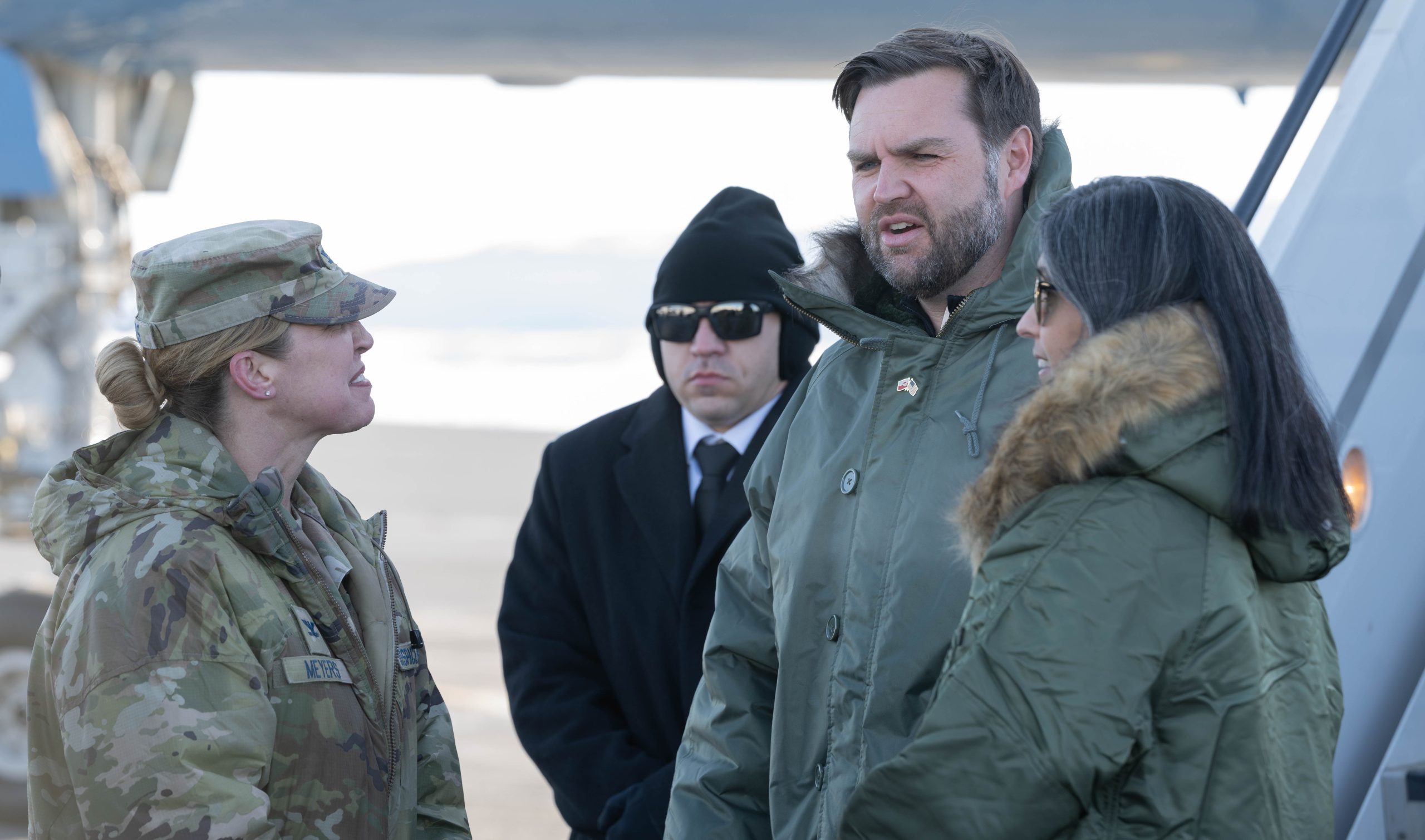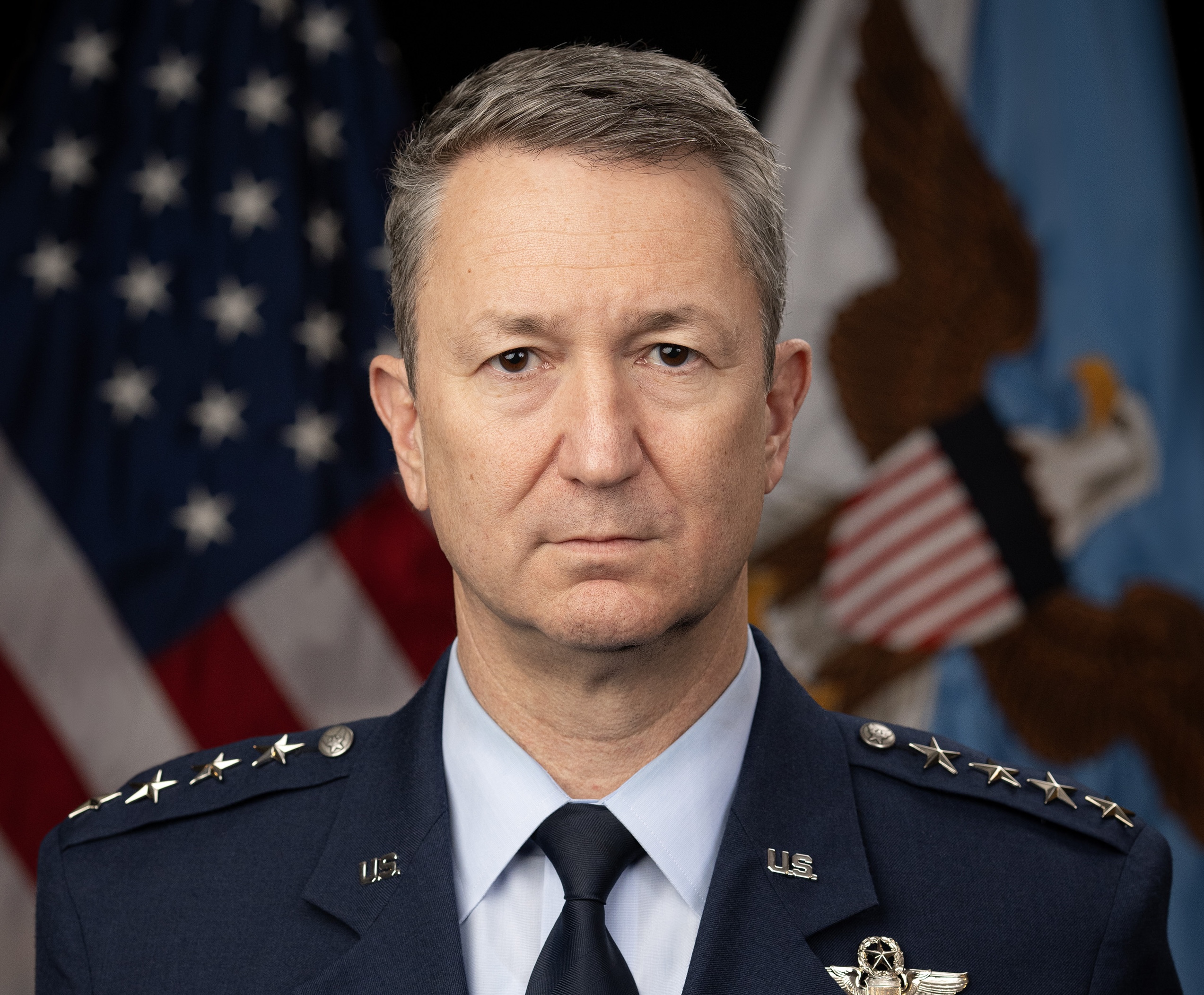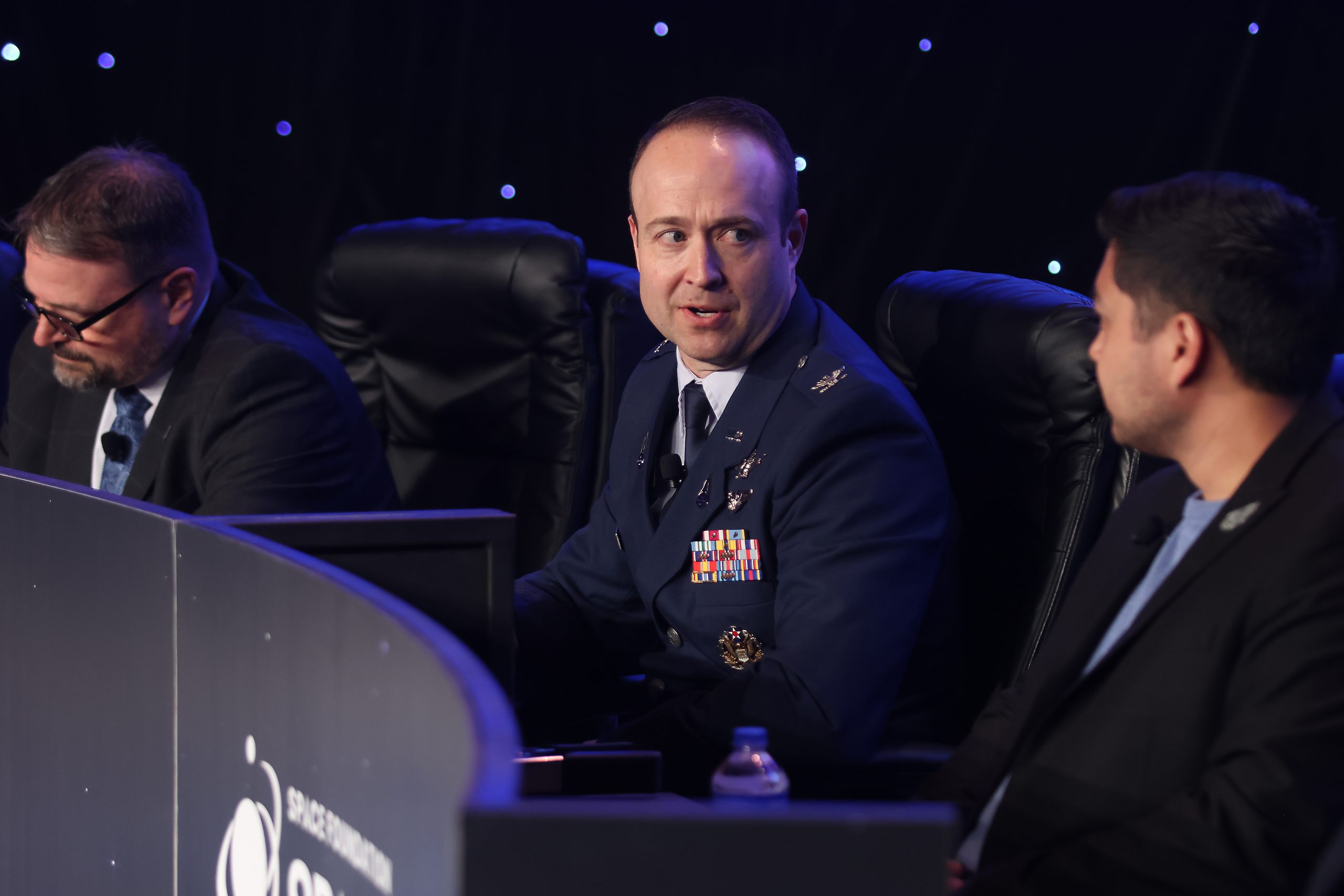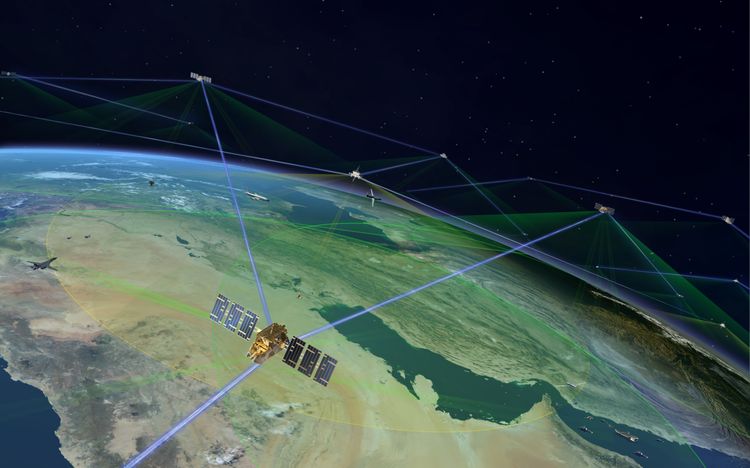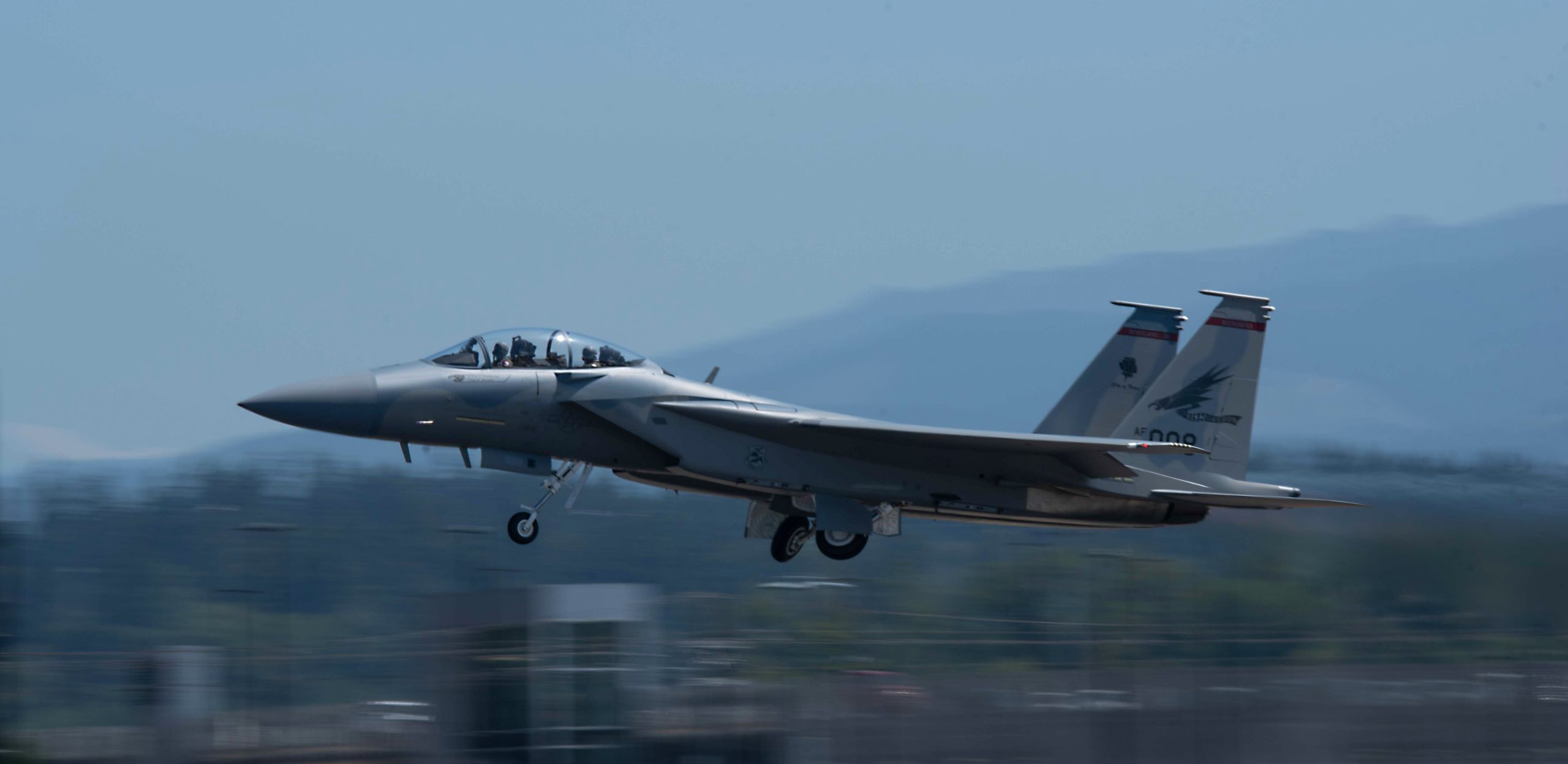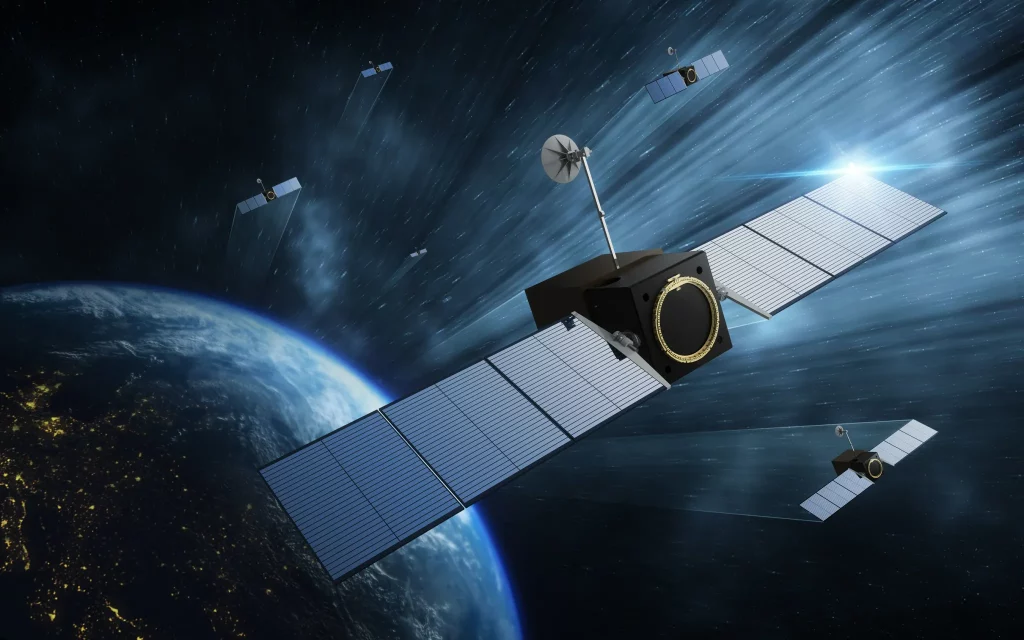The commander of the U.S. military base in Greenland has been fired after sending an email to base personnel distancing herself from Vice President J.D. Vance’s comments about the Danish territory that President Donald Trump wants to annex.
USSF Col. Susannah Meyers was removed as commander of Pituffik Space Base, the northernmost U.S. military base that serves as a missile warning, space surveillance, and satellite control base on Greenland, April 10, a Space Force spokesperson said in a statement. The service cited a “loss of confidence in her ability to lead.”
Hours earlier, Military.com reported Meyers, then-commander of the 821st Space Base Group, sent an email to base personnel in March that distanced herself from Vance’s criticism of Denmark’s control of the island that the vice president made during a visit to the base. A Space Force spokesperson indicated that Meyers’ comments were political, leading to her dismissal.
“Commanders are expected to adhere to the highest standards of conduct, especially as it relates to remaining nonpartisan in the performance of their duties,” the spokesperson said in a statement.
“Actions to undermine the chain of command or to subvert President Trump’s agenda will not be tolerated at the Department of Defense,” Pentagon spokesman Sean Parnell added in a post on X, citing the report.
Meyers was removed from command by Col. Kenneth Klock, the commander of Space Base Delta 1, the Space Force said, and Col. Shawn Lee has assumed her responsibilities. Meyers had overseen the base since last July. Parnell did not respond to a request for comment when asked if Secretary of Defense Pete Hegseth personally ordered Meyers’ removal.
Greenland is a territory of Denmark, a NATO ally of the U.S. Trump has said he wants to annex Greenland and said he has not ruled out using military force to do so. Vance’s brief visit to Pituffik Space Base in late March prompted objections from Danish and Greenlandic officials. Pituffik Space Base, formerly known as Thule Air Base when it was controlled by the Air Force, has long been a key outpost for the U.S. military, first as a Strategic Air Command base during the Cold War and later taking on space-related missions.
“Our message to Denmark is very simple,” Vance said during his visit to the base. “You have not done a good job by the people of Greenland. You have underinvested in the people of Greenland, and you have underinvested in the security of this incredible, beautiful landmass.”
In an email a few days later to base personnel, including Airmen and Guardians, Meyers wrote that she had reflected on “actions taken, the words spoken, and how it must have affected each of you,” according to the Military.com report. U.S. officials said Meyers’ reported remarks are authentic.
“I do not presume to understand current politics, but what I do know is the concerns of the U.S. administration discussed by Vice President Vance on Friday are not reflective of Pituffik Space Base,” Meyers wrote, according to the outlet.
The Trump administration recently fired Navy Vice Adm. Soshana Chatfield as the U.S. representative to the NATO Military Committee and Air Force Gen. Timothy Haugh as commander of U.S. Cyber Command and the Director of the National Security Agency. In those cases, the administration did not publicly explain its rationale for the firings or accuse the officers of engaging in political discourse.
In February, the Trump administration fired Chairman of Joint Chiefs of Staff Air Force Gen. Charles Q. Brown Jr., Chief of Naval Operations Adm. Lisa Franchetti, and Vice Chief of Staff of the Air Force Gen. Jim Slife. Gen. Dan Caine, a retired three-star officer who was tapped by Trump as Brown’s replacement, was confirmed as chairman by the Senate April 11.
